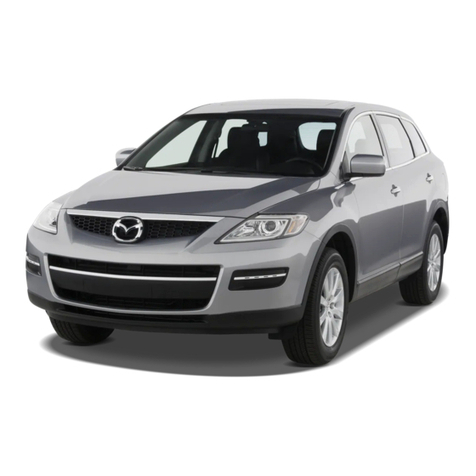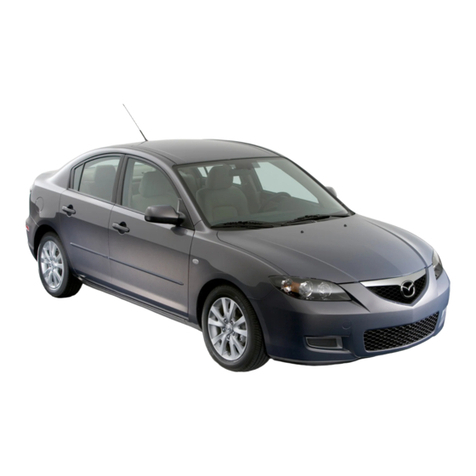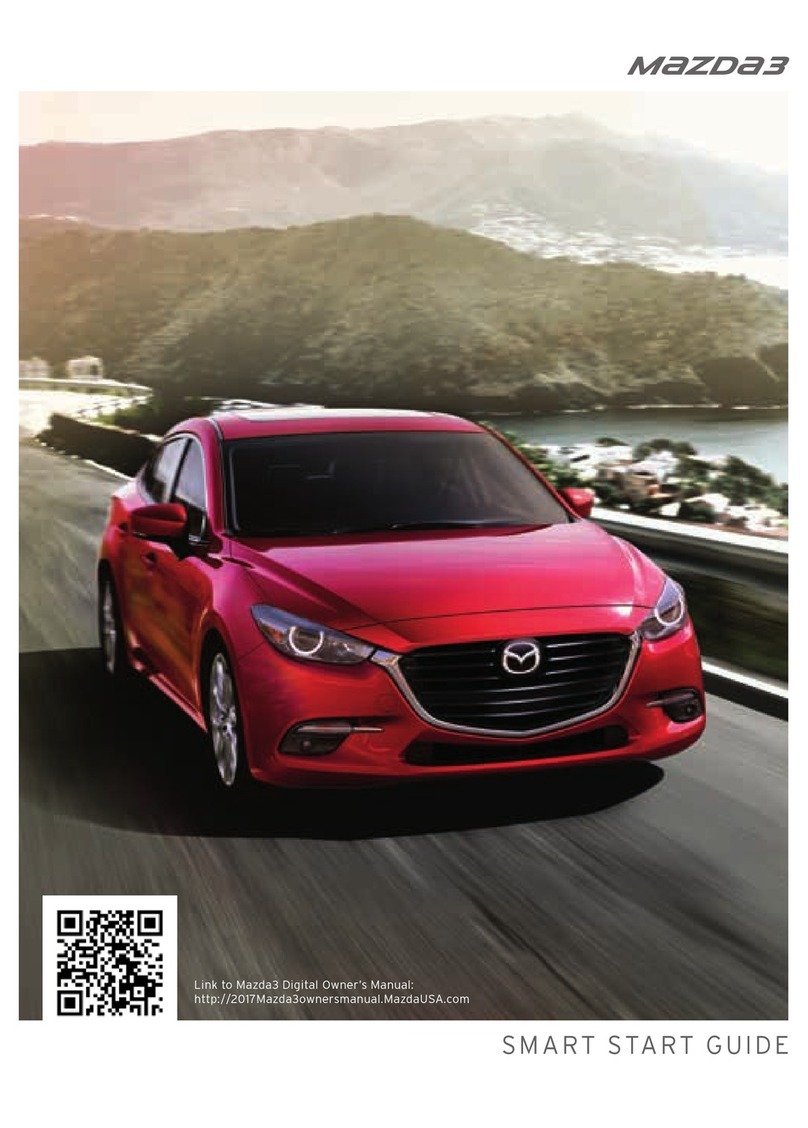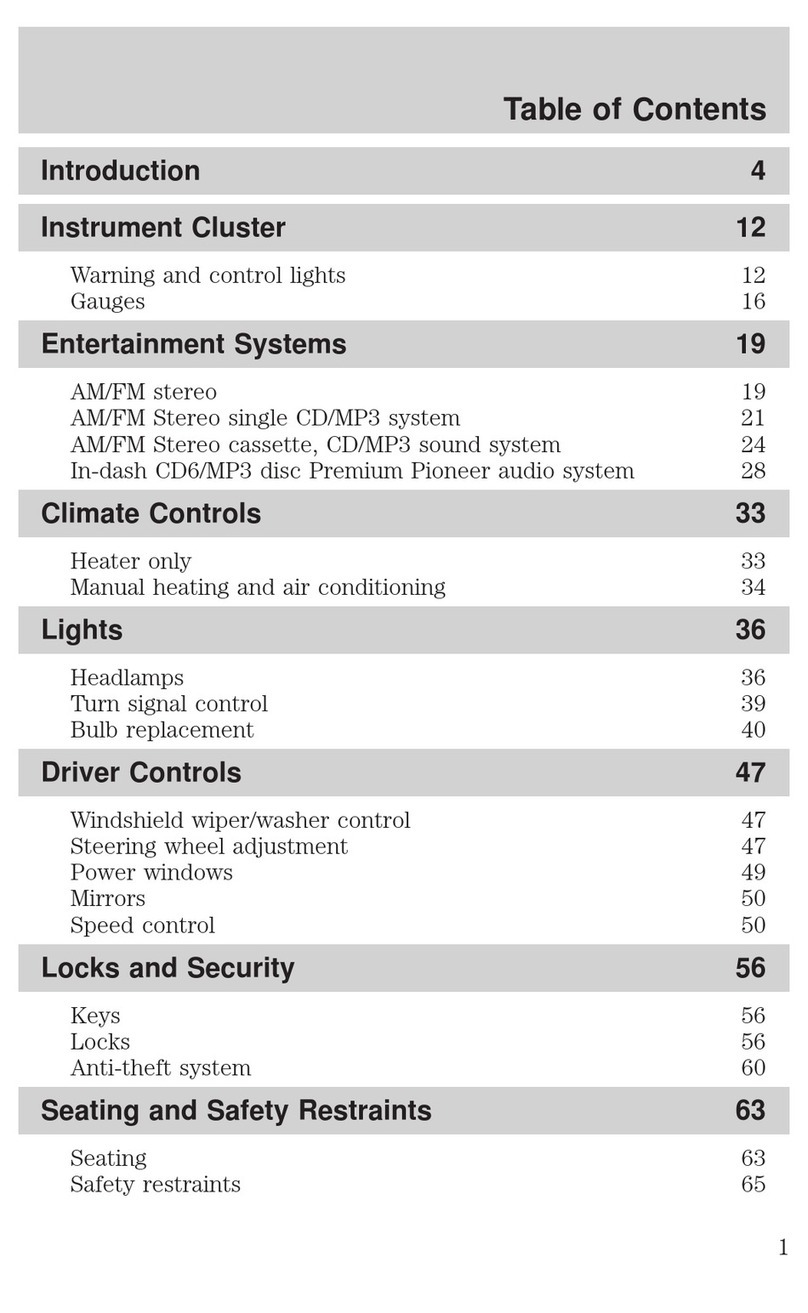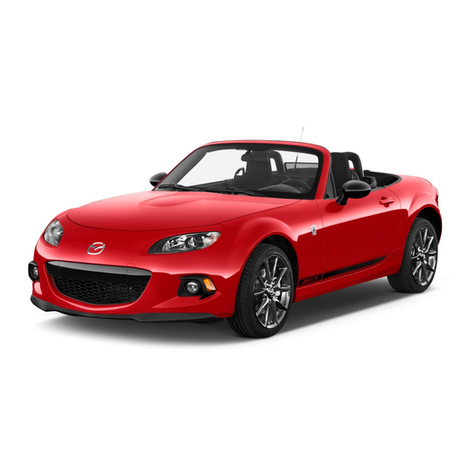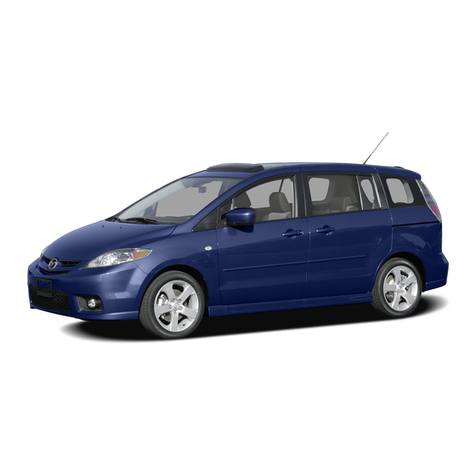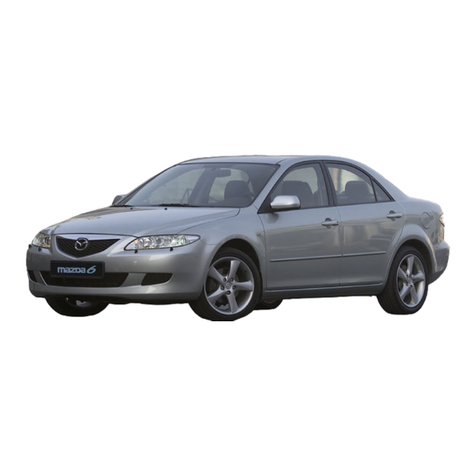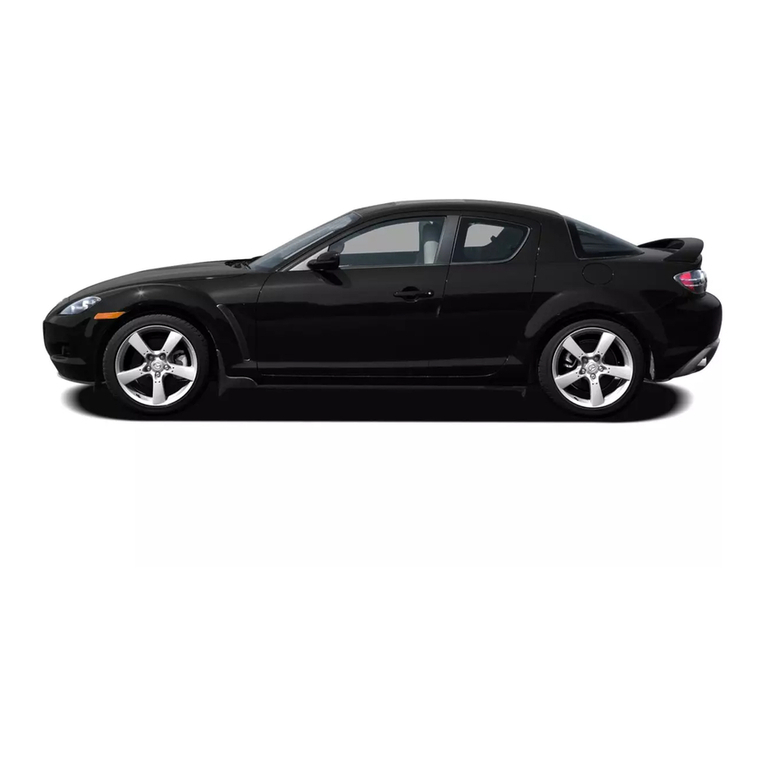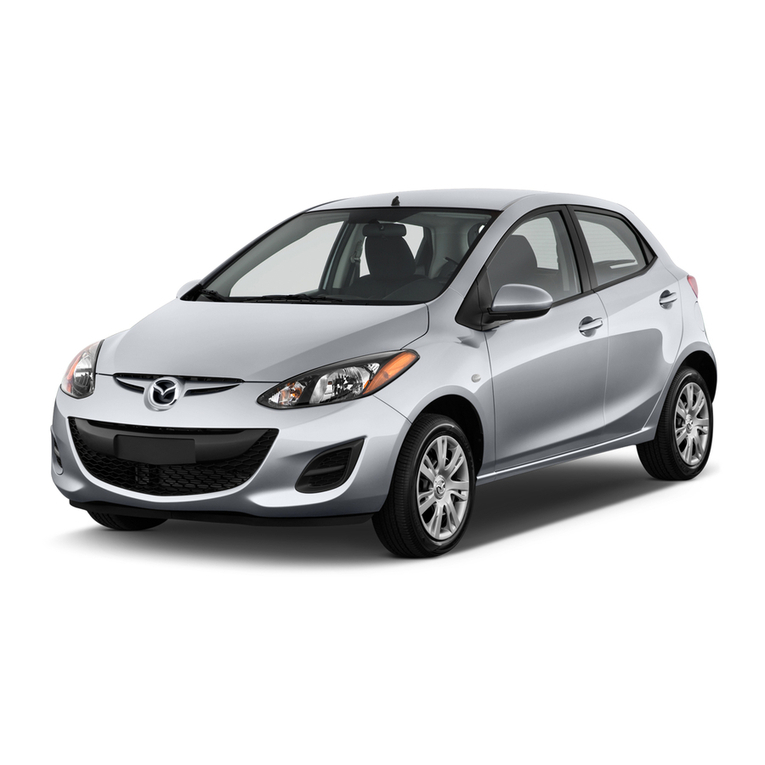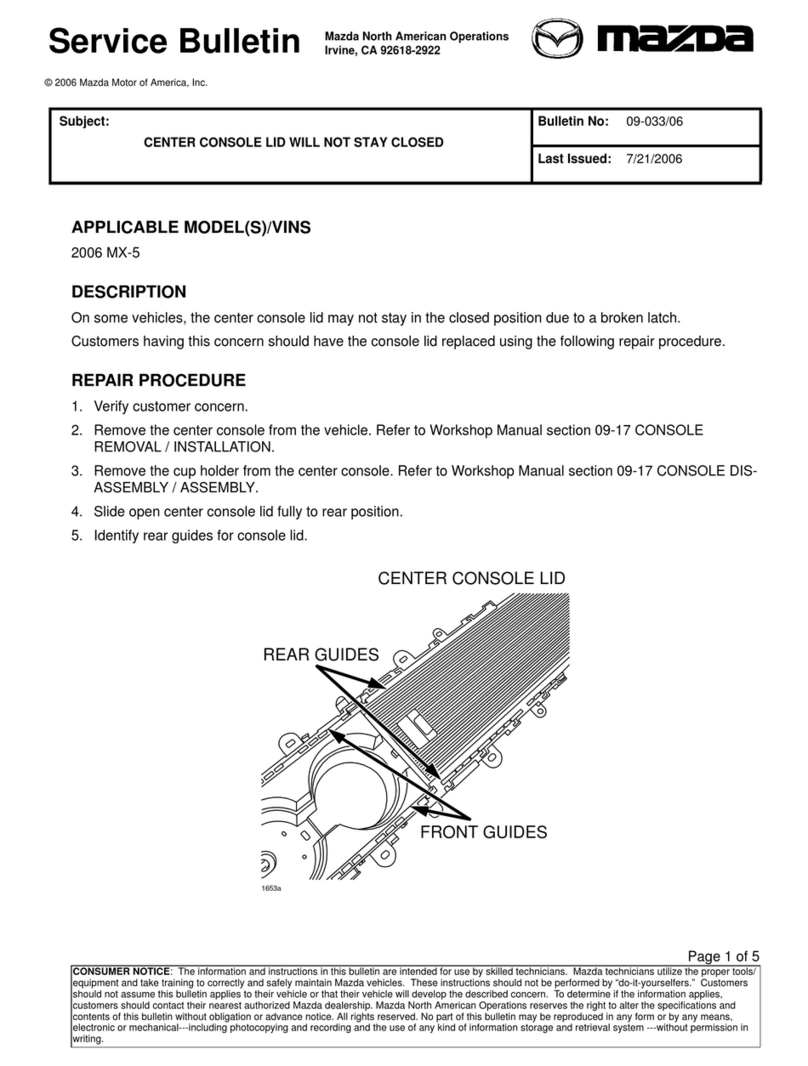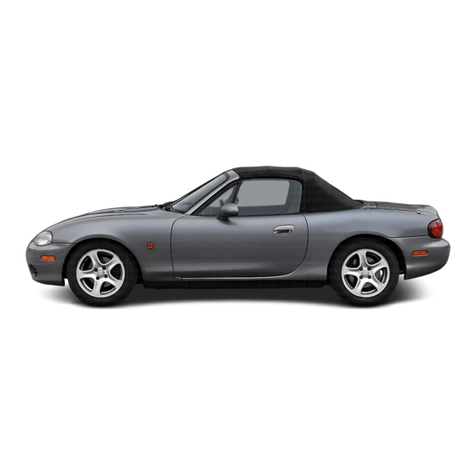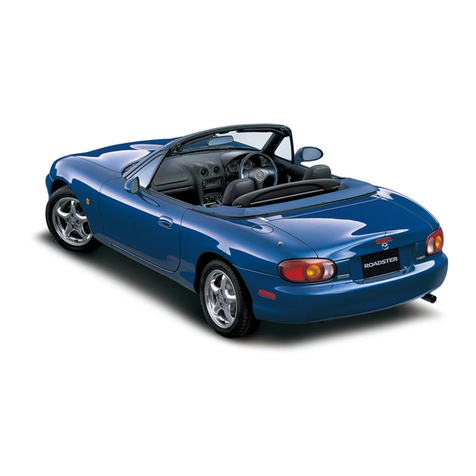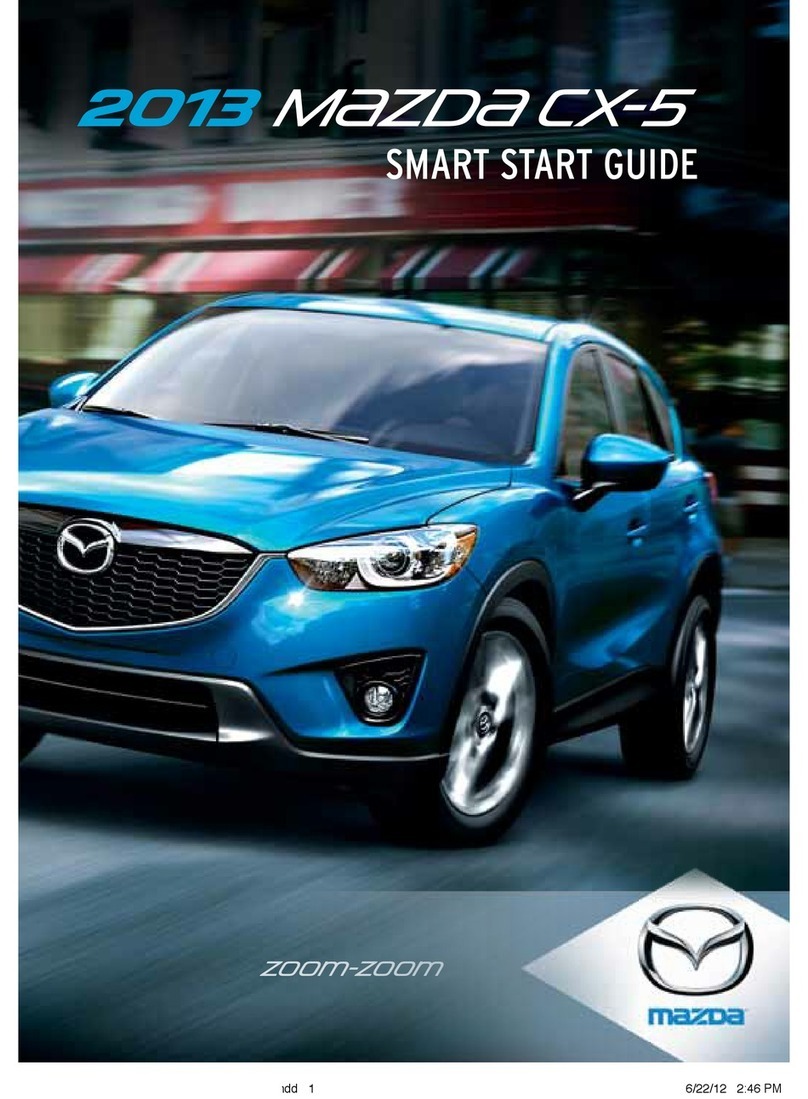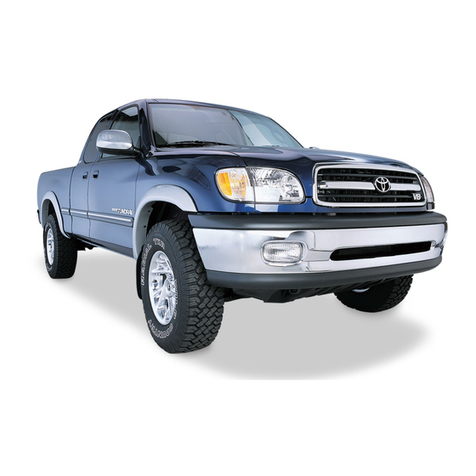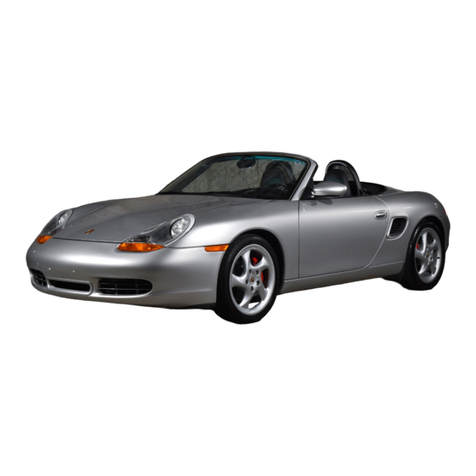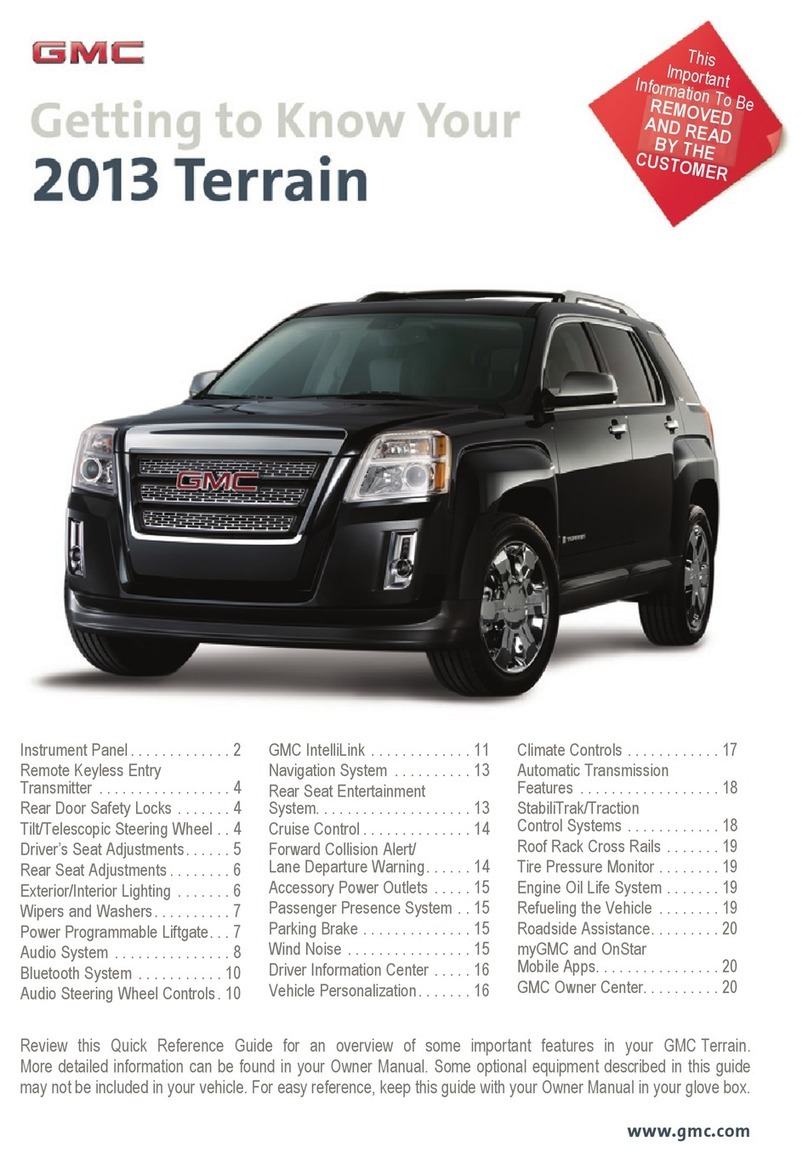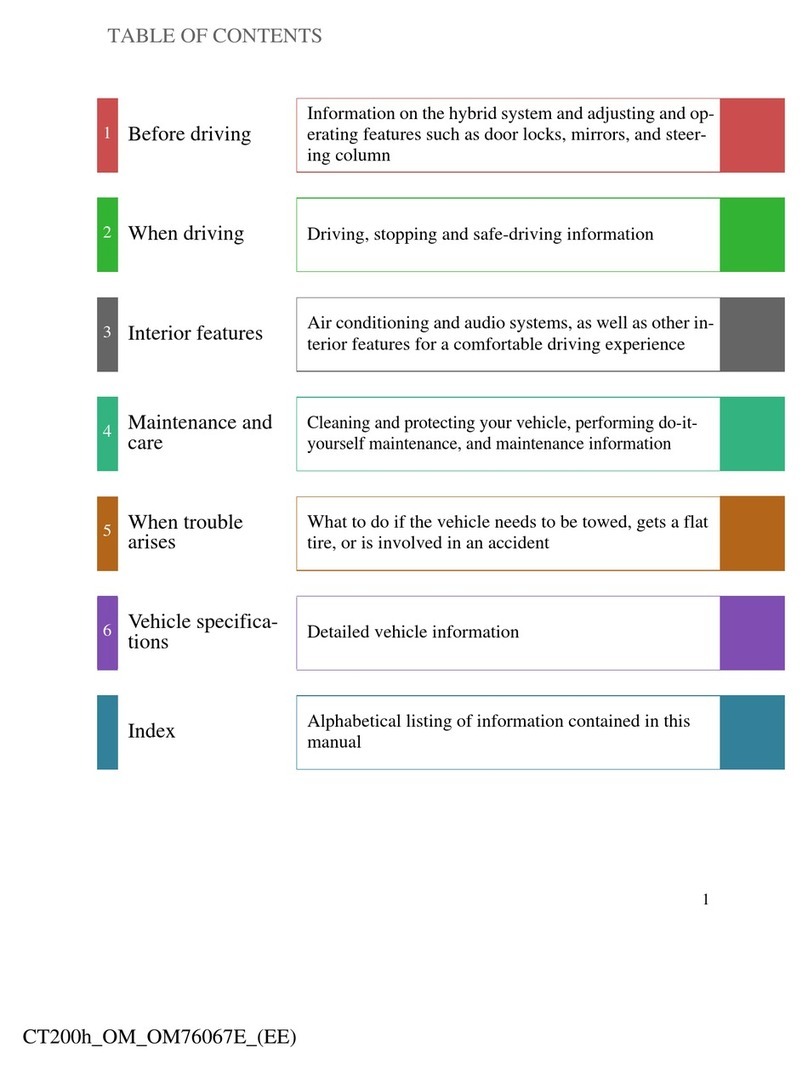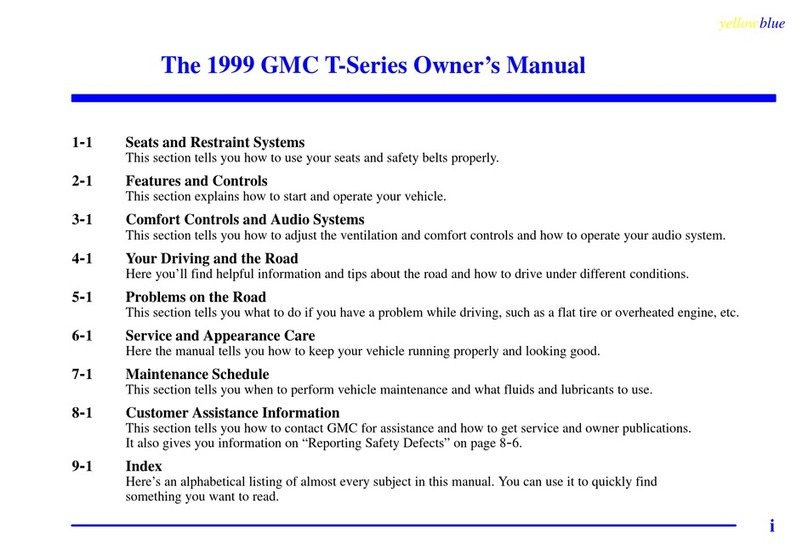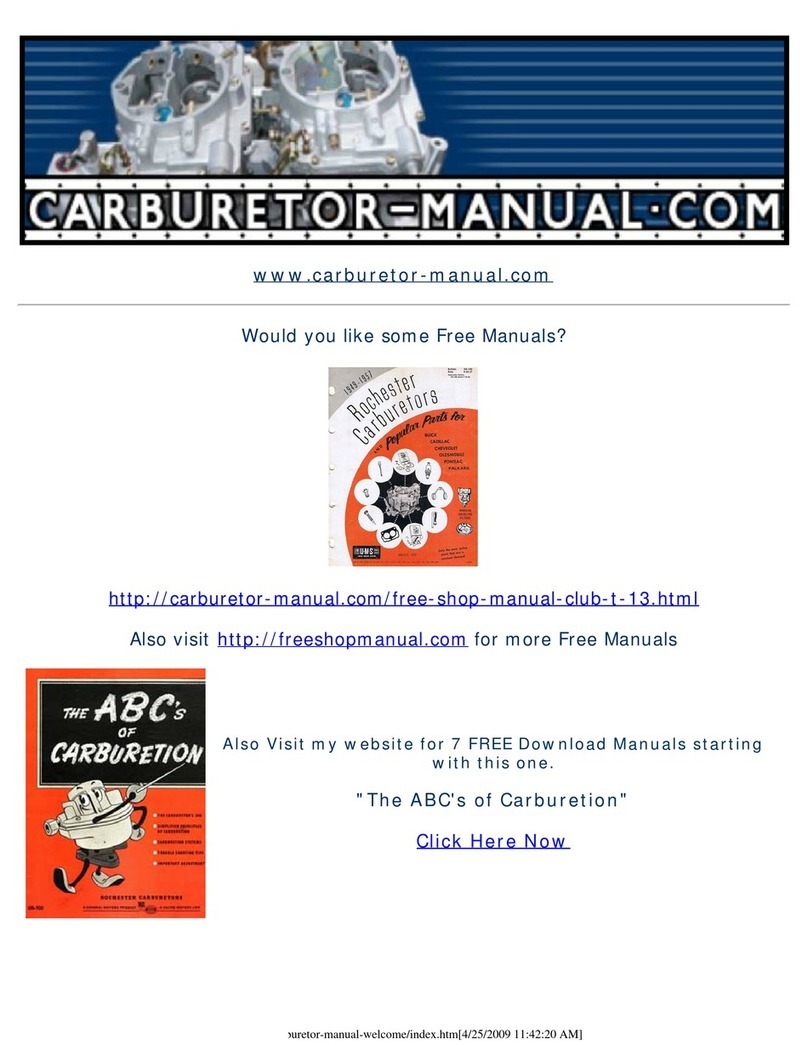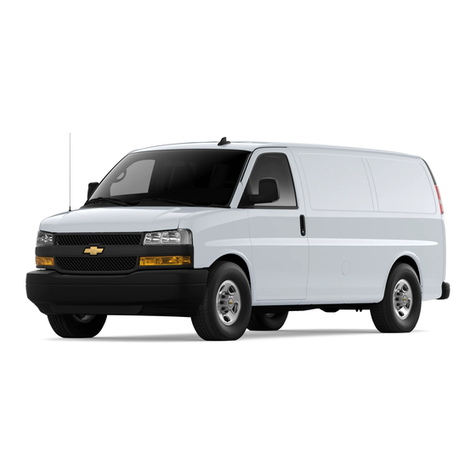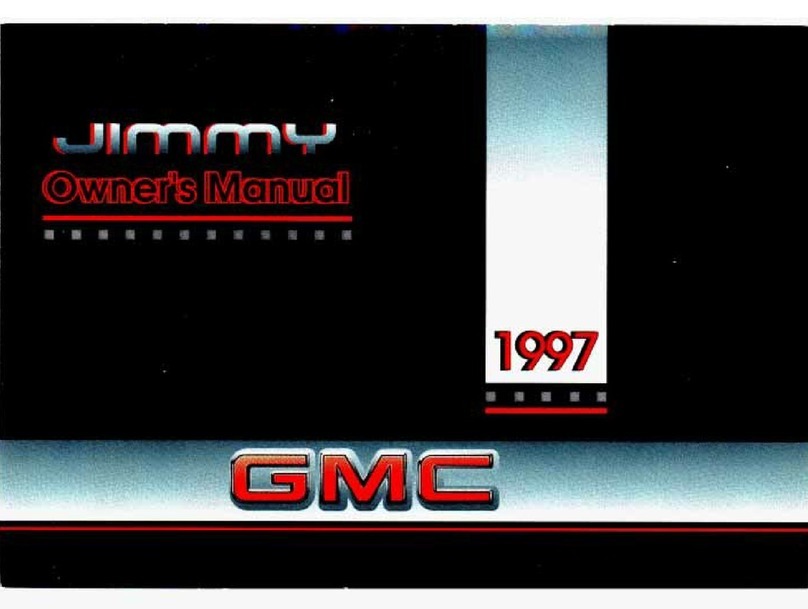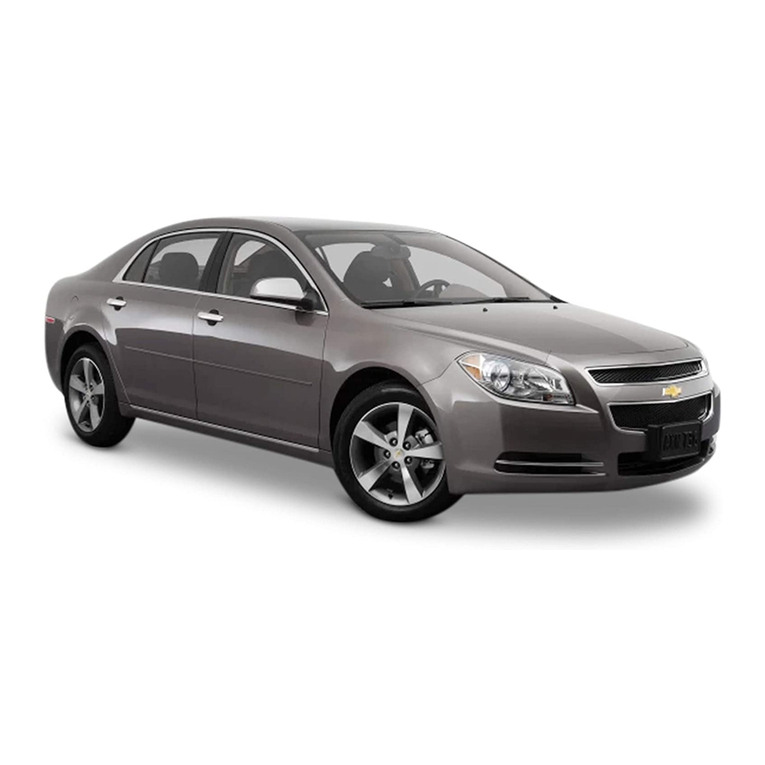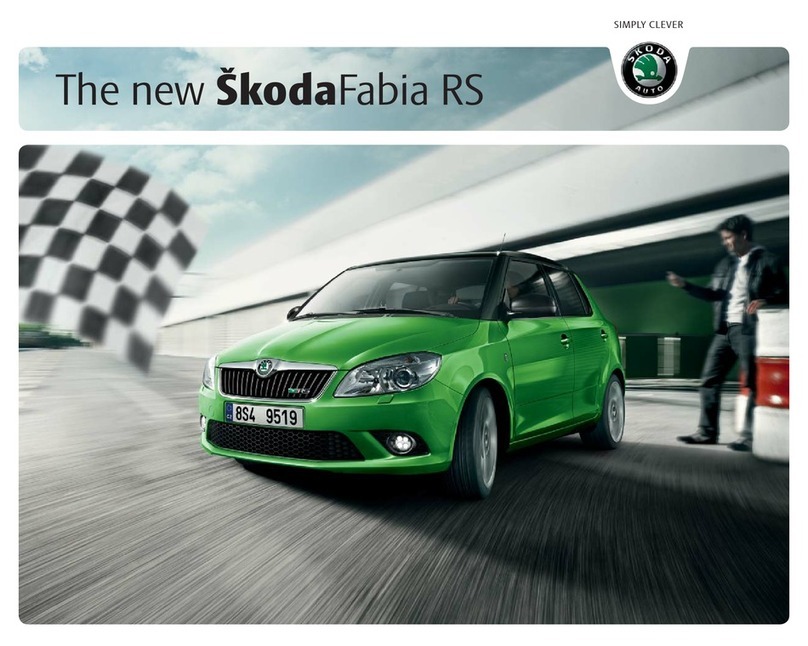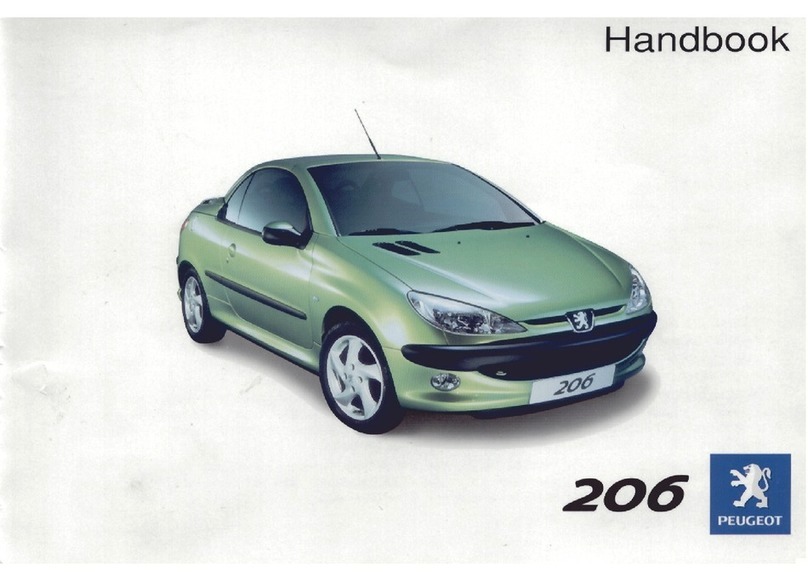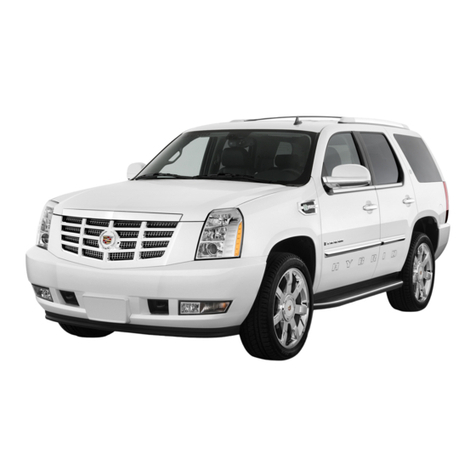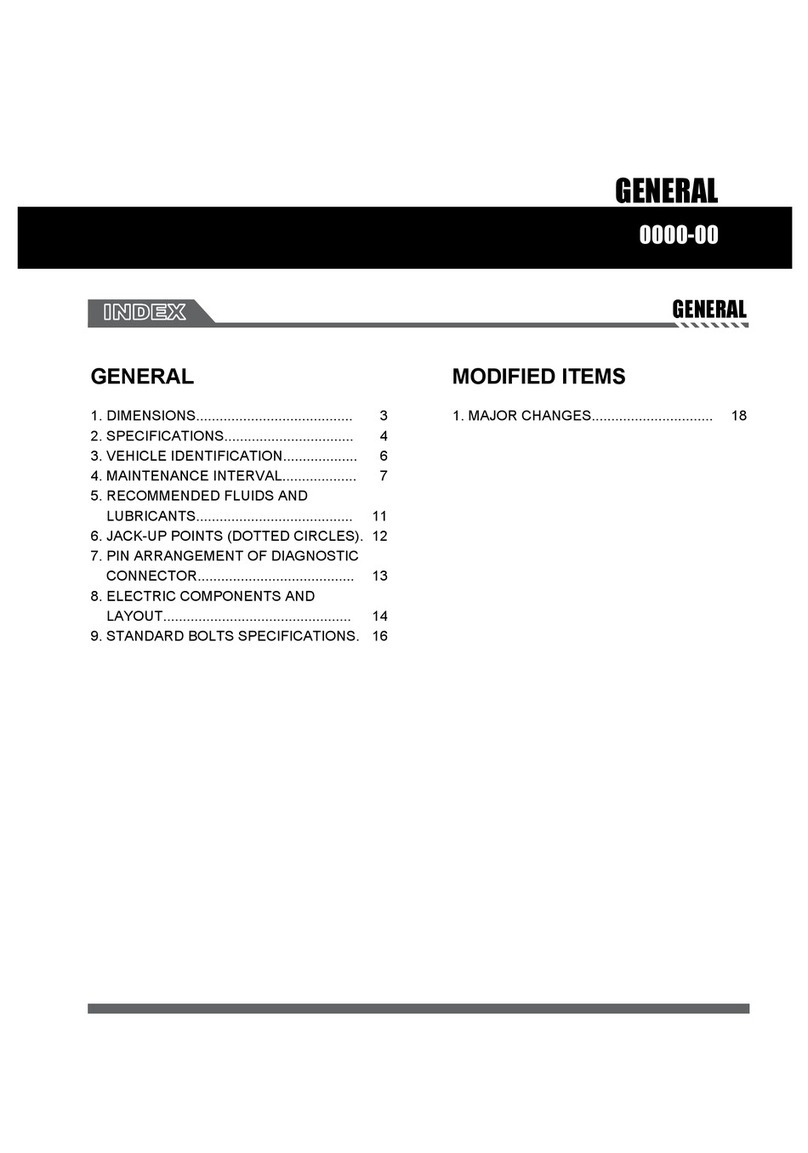
When Driving
9
For details, refer to Section 4, “Instrument Cluster and Displa
”.
Some of the warning/indicator lights are displayed in the instrument cluster.
If a warning/indicator light is displayed in the instrument cluster, verify the
meaning of the warning in the Warning (Display Indication) item.
Warning/Indicator Lights
Signal Warning/Indicator Lights
1
2
3
4
5
6
7
8
9
ABS Warning Light
Master Warning Light
Charging System Warning Light
Engine Oil Warning Light
Check Engine Light
High Engine Coolant Temperature
Warning Light (Red)/ Low Engine Coolant
Temperature Indicator Light (Blue)
i-stop Warning Light (Amber) /
Indicator Light (Green)
Automatic Transaxle Warning Light
10
Power Steering Malfunction Indicator Light
19
21
23
24
25
High Beam Control System (HBC)
Warning Light (Amber) /Indicator
Light (Green)
Signal Warning/Indicator Lights
Brake System Warning Light
20
KEY Warning Light (Red) /Indicator
Light (Green)
Lane Departure Warning System
(LDWS) Warning Light
Smart City Brake Support (SCBS)
Warning Light (Amber)/Indicator
Light (Red)
22
Blind Spot Monitoring (BSM)
OFF Indicator Light
LED Headlight Warning Light
Lane Departure Warning System
(LDWS) OFF Indicator Light
17
11
12
13
Air Bag/Seat Belt Pretensioner
System Warning Light
Low Fuel Warning Light
15
Seat Belt Warning Light (Front seat)
Door-Ajar Warning Light
Seat Belt Warning Light (Red) /
Indicator Light (Green) (Rear seat)
14
Low Washer Fluid Level Warning Light
18 Tyre Pressure Monitoring System
Warning Light
Glow Indicator Light
26
32
33
34
35
Smart City Brake Support (SCBS)
OFF Indicator Light
i-ELOOP Warning Light
(Amber)/Indicator Light (Green)
Shift Position Indication
36
37
39
40
Headlight High-Beam Indicator
Light
Direction Indicator/Hazard Warning
Indicator Lights
Security Indicator Light
Cruise Main Indicator Light (Amber) /
Cruise Set Indicator Light (Green)
Front Fog Light Indicator Light
Wrench Indicator Light
28
29
30
31
TCS/DSC Indicator Light
DSC OFF Indicator Light
Lights-On Indicator Light
41
Select Mode Indicator Light
Diesel Particulate Filter Indicator
Light
27
Adjustable Speed Limiter Main
Indicator Light(Amber)/ Adjustable
Speed Limiter Set Indicator Light
(Green)
42
38
Rear Fog Light Indicator Light
120 km/h Warning Light
16
Mazda28EC6-EE-14LEdition1QuickGuide.indb11 2014/09/2918:13:40
